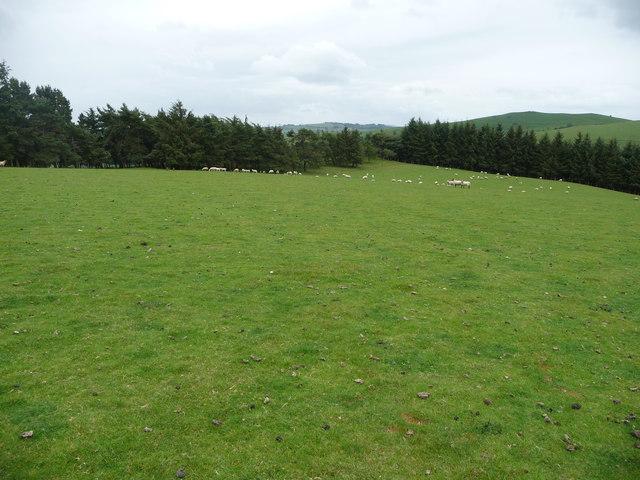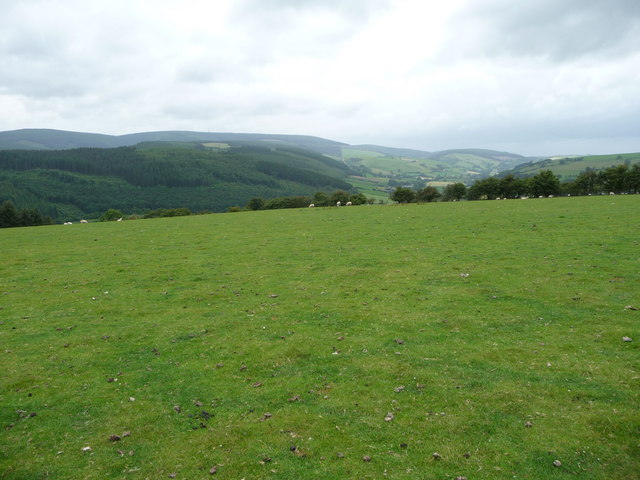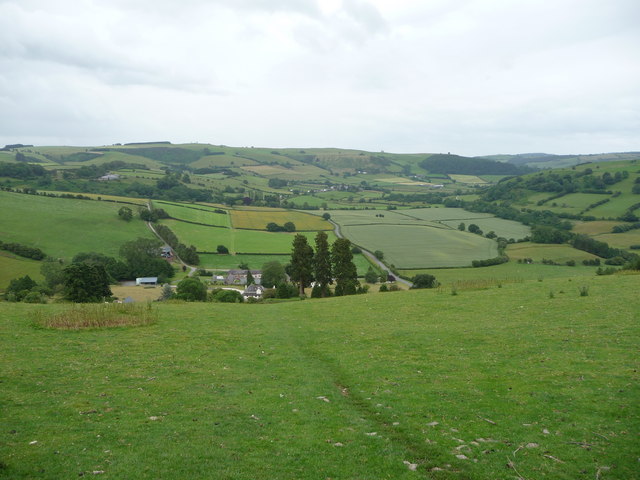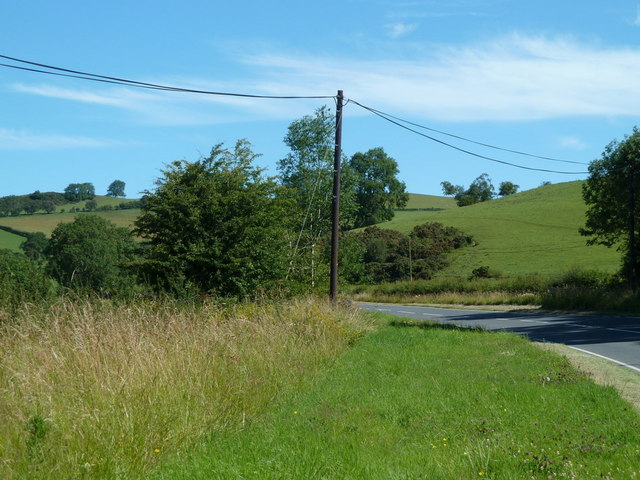Big Wood
Wood, Forest in Radnorshire
Wales
Big Wood

Big Wood is a dense forest located in the county of Radnorshire, Wales. Spanning across a vast area of approximately 500 acres, this woodland is renowned for its rich biodiversity and picturesque landscapes. It is situated near the village of New Radnor, surrounded by rolling hills and meandering streams.
The forest is predominantly composed of broadleaf trees, including oak, beech, and birch, which create a lush and vibrant canopy during the summer months. These trees provide shelter and food for a diverse range of wildlife, making Big Wood a haven for nature enthusiasts and birdwatchers.
Visitors to Big Wood can explore the forest through several well-maintained walking trails, allowing them to immerse themselves in the tranquility of nature. The trails wind through the forest, offering glimpses of enchanting wildflowers, fern-covered forest floors, and occasional sightings of deer and foxes.
Beyond the natural beauty, Big Wood also holds historical significance. The forest has remnants of ancient settlements, including burial mounds and stone circles, dating back to the Bronze Age. These archaeological sites provide a glimpse into the rich human history of the area.
Big Wood is not only a haven for wildlife and a place of historical importance but also serves as a recreational space for locals and tourists alike. Whether it is a leisurely walk, a picnic, or simply enjoying the serenity of nature, this woodland offers an escape from the hustle and bustle of daily life.
If you have any feedback on the listing, please let us know in the comments section below.
Big Wood Images
Images are sourced within 2km of 52.322096/-3.110718 or Grid Reference SO2469. Thanks to Geograph Open Source API. All images are credited.



Big Wood is located at Grid Ref: SO2469 (Lat: 52.322096, Lng: -3.110718)
Unitary Authority: Powys
Police Authority: Dyfed Powys
What 3 Words
///closet.proposes.commuting. Near Whitton, Powys
Nearby Locations
Related Wikis
Battle of Bryn Glas
The Battle of Bryn Glas (also known as the Battle of Pilleth) was a battle between the Welsh and English on 22 June 1402, near the towns of Knighton and...
Whitton, Powys
Whitton (Welsh: Llanddewi-yn-Hwytyn) is a village and a community in Radnorshire, Powys, Wales. It is located on the B4356 road 4 miles (6.4 km) south...
Pilleth
Pilleth is a small village south of Knighton in Powys, Wales in the traditional county of Radnorshire. It is the site of the ancient church and holy well...
Llangunllo
Llangunllo (sometimes Llangynllo) is a village and community in central Powys (formerly in Radnorshire), Wales, located about 5 miles west of Knighton...
Nearby Amenities
Located within 500m of 52.322096,-3.110718Have you been to Big Wood?
Leave your review of Big Wood below (or comments, questions and feedback).


















